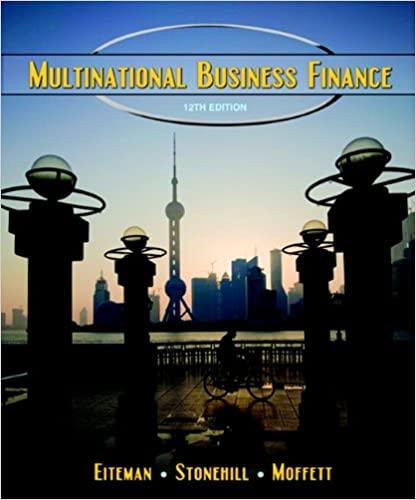Question
1. A stock has an expected return of 16%. The stocks beta is 1.6, the market return is 10%, and the risk-free rate is 2%.
1. A stock has an expected return of 16%. The stocks beta is 1.6, the market return is 10%, and the risk-free rate is 2%. Is the stock a buy, a sell or a hold, and why?
2. A six-month T-Bill has a market price of $983 on a face value of $1,000. What is the effective annual rate (EAR) for the bond?
3.
You are the wealth manager for a client. Your investment group has constructed an efficient portfolio with expected return of 13% and standard deviation of 20%. You have a client who is close to retirement and is therefore risk averse. She wants a portfolio with a maximum standard deviation of 8%. The risk-free rate is 4%.
A) What portion of the portfolio should you put in the efficient portfolio, and what portion in riskless bonds to give your client the desired complete portfolio?
B) What is the expected return of that portfolio?
4. A portfolio has an expected return of 13% and a standard deviation of 20%. The risk-free rate is 4%. What is the Sharpe ratio of the portfolio?
Step by Step Solution
There are 3 Steps involved in it
Step: 1

Get Instant Access to Expert-Tailored Solutions
See step-by-step solutions with expert insights and AI powered tools for academic success
Step: 2

Step: 3

Ace Your Homework with AI
Get the answers you need in no time with our AI-driven, step-by-step assistance
Get Started


